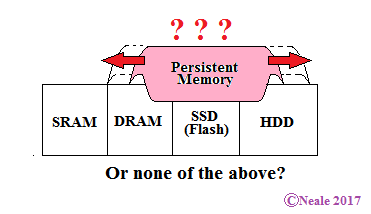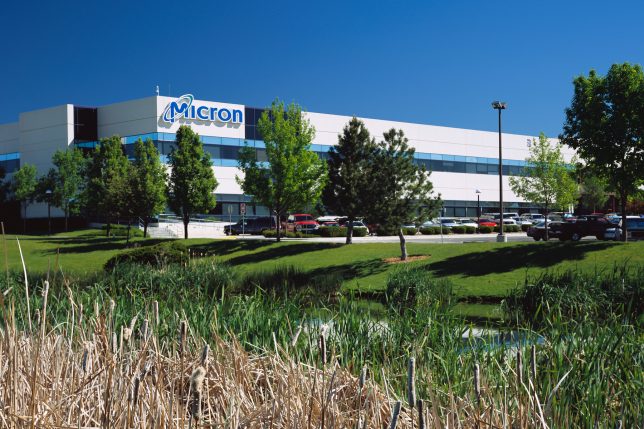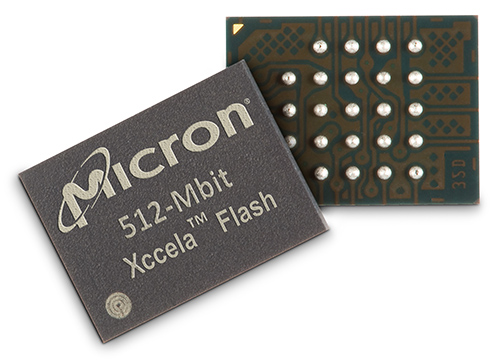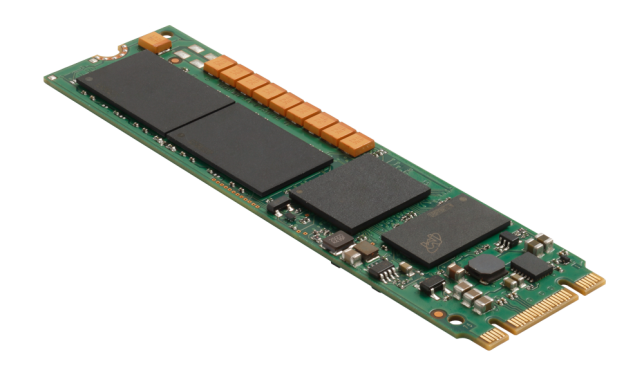Micron Technology Inc. CEO Mark Durcan announced his pending retirement Thursday (Feb. 2). No timeframe has been set for Durcan’s retirement, but he will continue to head the company as CEO for the time being.
Micron (Boise, Idaho) said its board of directors has formed a special committee to oversee the succession process and has initiated a search, with the assistance of an executive search firm, to identify and vet candidates. Durcan has pledged to help with the search process and the transition. Read my full article on EE Times.
Gary Hilson is a freelance writer with a focus on B2B technology, including information technology, cybersecurity, and semiconductors.







